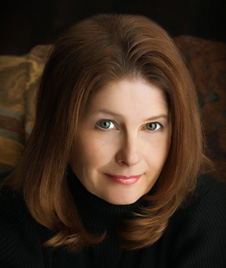This article includes a list of general references, but it lacks sufficient corresponding inline citations .(November 2013) |
Lyndall Bass | |
|---|---|
 Bass in 2008 | |
| Born | July 5, 1952 (age 73) North Carolina, United States |
| Notable work | Union Shield Penny |
| Movement | Realism |
| Awards |
|
Lyndall Bass (born July 5, 1952) is an American realist painter and teacher who primarily paints still lifes, flower paintings and symbolist figure paintings. She lives and works in Santa Fe, New Mexico. She is the designer of the current reverse of the Lincoln cent, which has been in use since 2010.